These Are the 12 Sickest Sheep Breeds in the World (According to This Author)
By “sick,” we mean cool.
These Are the 12 Sickest Sheep Breeds in the World (According to This Author)
By “sick,” we mean cool.
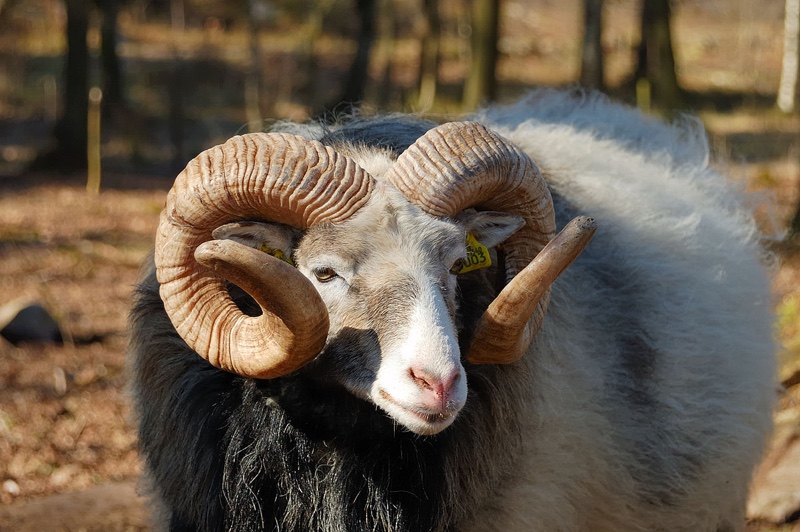
Some of these publications attempt to winnow down the best albums of the year, or movies, or restaurants. But we wanted to challenge ourselves this week. It’s #SheepWeek, dang it. Sure, there are hundreds of new books each year, but there are literally thousands of sheep breeds, spanning centuries of cross-breeding, migration, and dozens of use cases. Yes, some of 2017’s best television shows told wonderful stories, but the Manx Loaghtan sheep has four horns that point in all different directions.
This is a list of the best sheep breeds. And by best, we mean this author’s personal favorites. There is no unified ranking system; some of these breeds make the list because they have good beards, some because they have weird histories, some because they have cool faces. Several jumped onto the list because they have big, awesome horns.
If you think a sheep should have made the list but did not, please visit our Facebook page and make your own list in the comments of this story. Thank you, merry #SheepWeek, and happy holidays!
12. Racka Sheep
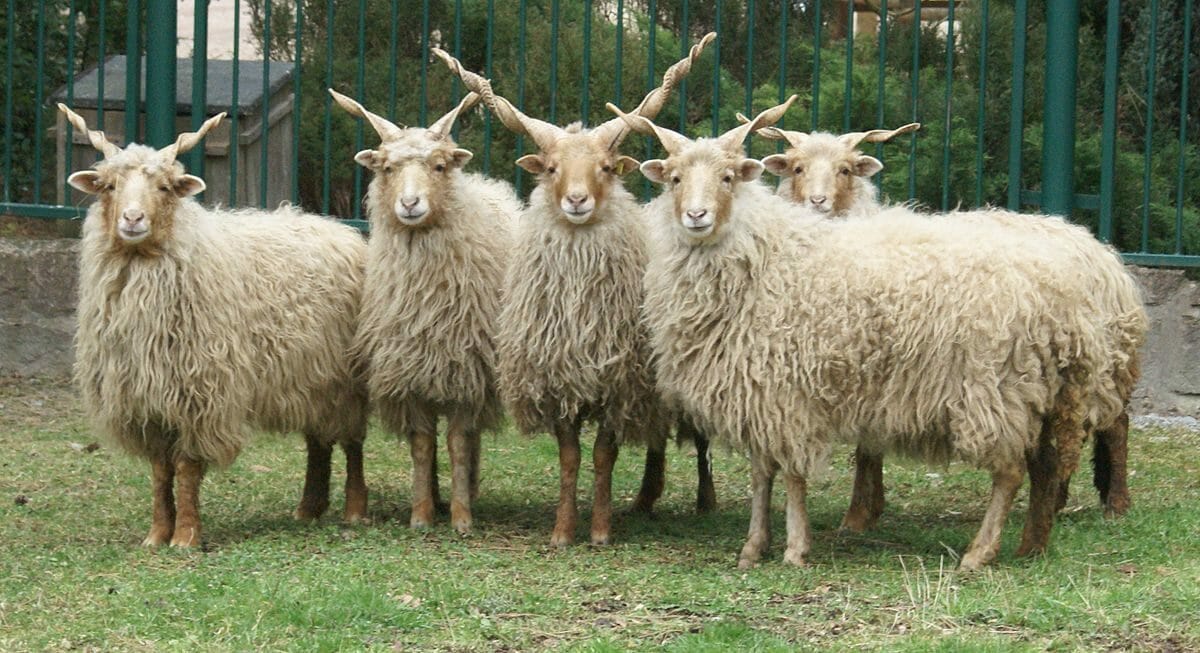
The Racka is an old breed of sheep native to Hungary noted for its ability to survive tough winters. It has extremely good spiraled horns, similar to certain species of wild goat, but is much less mean than wild goats.
11. North Ronaldsay Sheep
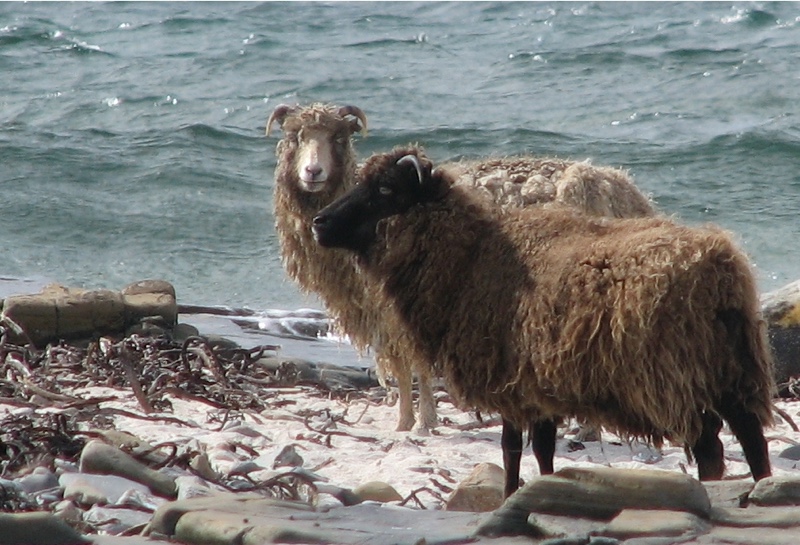
This sheep lives on the northernmost island in the Scottish Orkney archipelago. It is a small breed, and possibly the earliest sheep to come to the UK – it resembles old Scandinavian breeds – but it makes this list because it has the weirdest diet of any livestock animal in the world. The sheep are largely feral, and subsist entirely on seaweed, one of only two land animals with that sort of diet. Because the breed has been on the island so long, it has totally changed its physiology: not only would other sheep not survive on seaweed, but normal sheep food, including grass, is toxic to this breed. Crazy.
10. Najdi
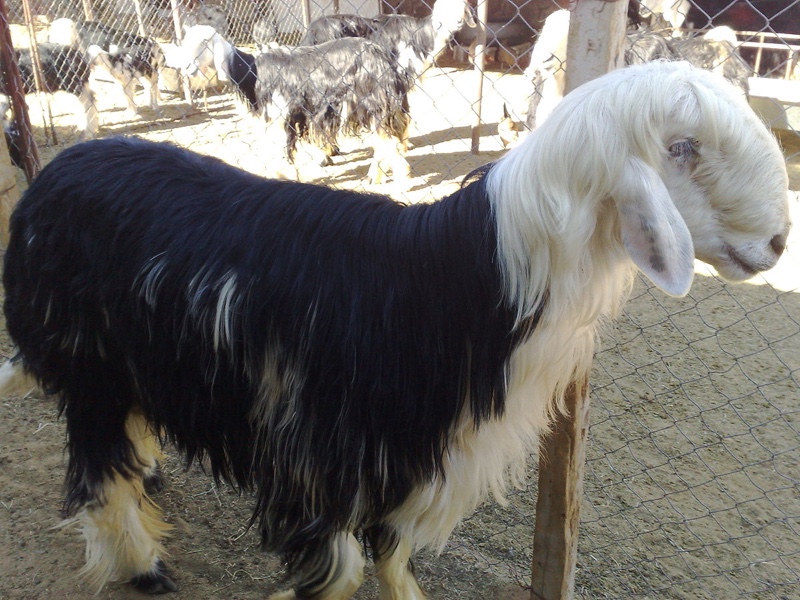
The Najdi is a breed common in the Arabian Peninsula, especially in Saudi Arabia. It earned its spot on this because it has a good, weird face. Is that a nose mane? Into it.
9. Jacob Sheep
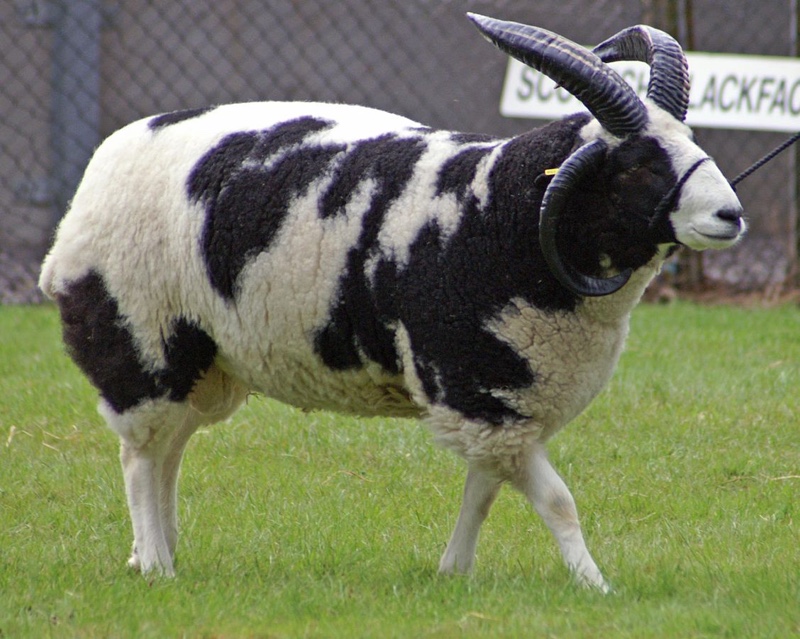
Found in the UK for several centuries, the Jacob sheep has four – and sometimes as many as six – horns that grow in basically any direction. It’s colored like a cow for reasons unknown.
8. Zwartbles
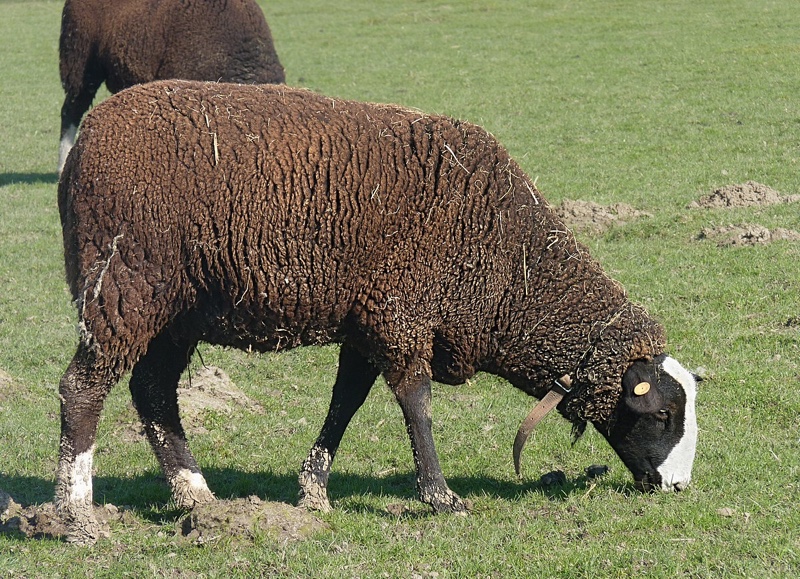
This Dutch breed is not all that interesting. It can be kept for milk, meat, or wool; by all accounts it is a friendly and easygoing breed; it is usually black with white accents. It makes the list because its name is ridiculous. Zwartbles. Come on.
7. Ouessant
The smallest sheep breed in the world, the Ouessant is native to the island of the same name off the coast of Brittany. It is extremely cute and small.
6: Border Leicester
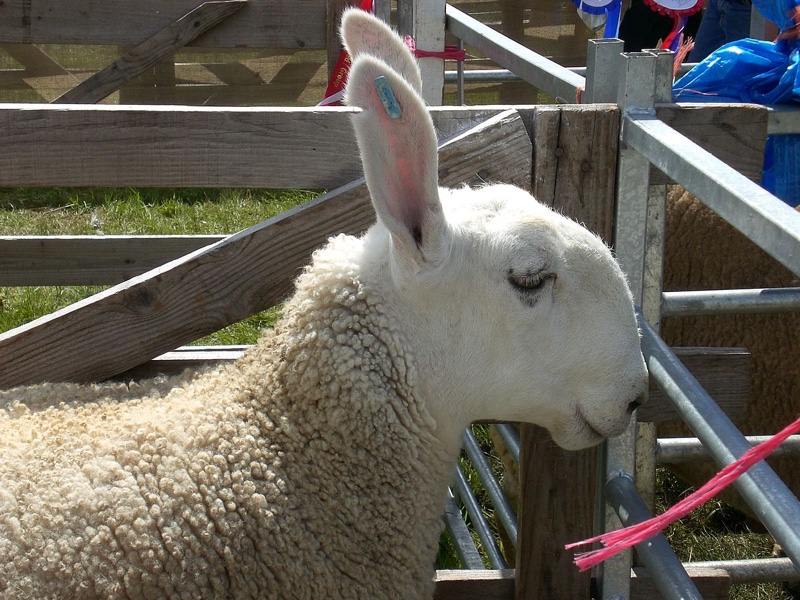
The Border Leicester sheep, from England, is a truly ridiculous creature. It’s sheep with bunny ears!
5. Gute

One of the oldest and most primitive Swedish breeds, the Gute is a tough and hardy breed that’s kept outdoors year-round. Its horns are elaborate and impressive.
4. Beltex
3. Mouflon
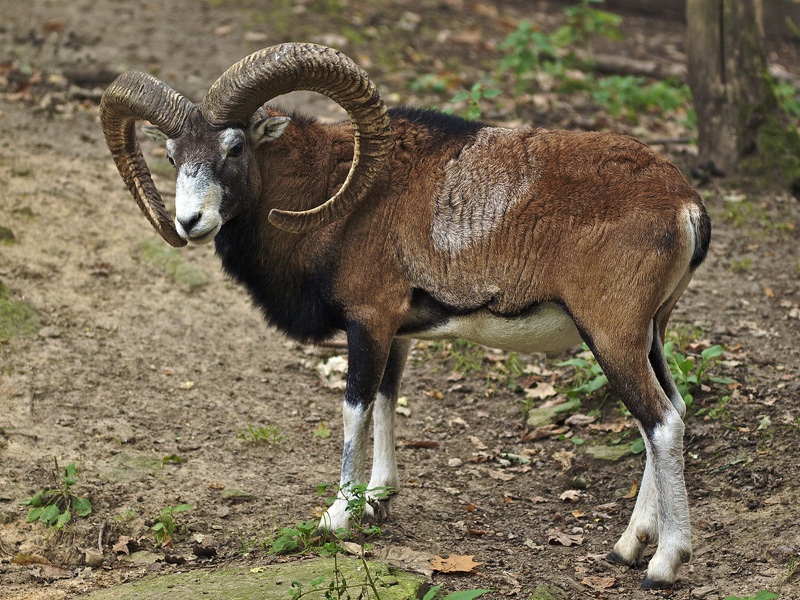
The mouflon is likely one of the wild ancestors of all modern sheep breeds. It can be found throughout Europe, though in decreased numbers, and has been introduced to North and South America. Respect.
2. Arapawa
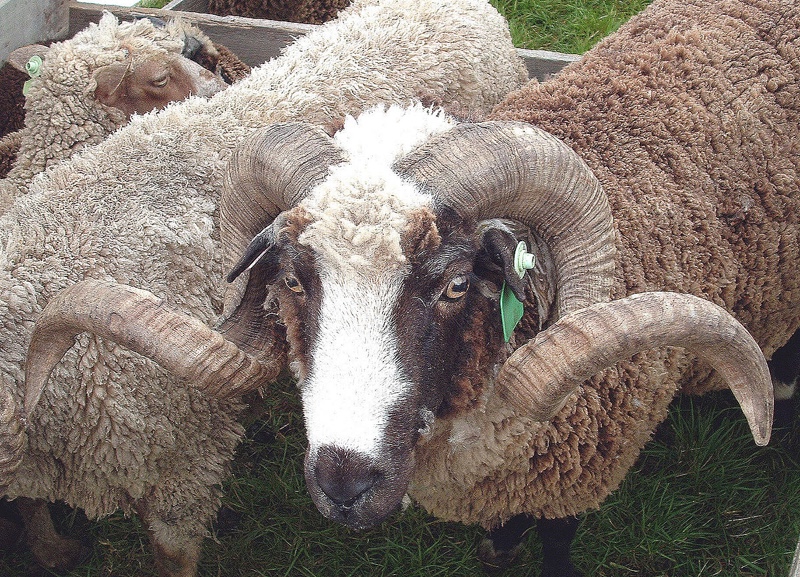
Found in New Zealand, which has roughly seven sheep for every human, the Arapawa sheep has great, big, extremely good spiral horns. They are raised mostly for their very fine wool but have also escaped and formed feral herds.
1. Manx Loaghtan
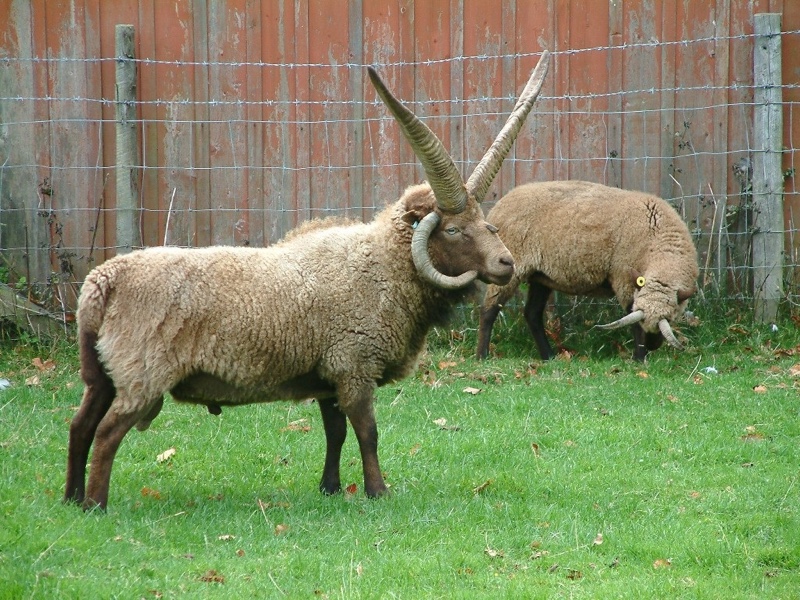
Native to the Isle of Man, at one point there were fewer than 50 of these insanely grand four-horned sheep. Today there are upwards of 1,500, which by my calculations equals about 6,000 Manx Loaghtan horns. (Both the ewes and rams have horns.)
SaveSave
Follow us
This work is licensed under a Creative Commons Attribution-NoDerivatives 4.0 International License.
Want to republish a Modern Farmer story?
We are happy for Modern Farmer stories to be shared, and encourage you to republish our articles for your audience. When doing so, we ask that you follow these guidelines:
Please credit us and our writers
For the author byline, please use “Author Name, Modern Farmer.” At the top of our stories, if on the web, please include this text and link: “This story was originally published by Modern Farmer.”
Please make sure to include a link back to either our home page or the article URL.
At the bottom of the story, please include the following text:
“Modern Farmer is a nonprofit initiative dedicated to raising awareness and catalyzing action at the intersection of food, agriculture, and society. Read more at <link>Modern Farmer</link>.”
Use our widget
We’d like to be able to track our stories, so we ask that if you republish our content, you do so using our widget (located on the left hand side of the article). The HTML code has a built-in tracker that tells us the data and domain where the story was published, as well as view counts.
Check the image requirements
It’s your responsibility to confirm you're licensed to republish images in our articles. Some images, such as those from commercial providers, don't allow their images to be republished without permission or payment. Copyright terms are generally listed in the image caption and attribution. You are welcome to omit our images or substitute with your own. Charts and interactive graphics follow the same rules.
Don’t change too much. Or, ask us first.
Articles must be republished in their entirety. It’s okay to change references to time (“today” to “yesterday”) or location (“Iowa City, IA” to “here”). But please keep everything else the same.
If you feel strongly that a more material edit needs to be made, get in touch with us at [email protected]. We’re happy to discuss it with the original author, but we must have prior approval for changes before publication.
Special cases
Extracts. You may run the first few lines or paragraphs of the article and then say: “Read the full article at Modern Farmer” with a link back to the original article.
Quotes. You may quote authors provided you include a link back to the article URL.
Translations. These require writer approval. To inquire about translation of a Modern Farmer article, contact us at [email protected]
Signed consent / copyright release forms. These are not required, provided you are following these guidelines.
Print. Articles can be republished in print under these same rules, with the exception that you do not need to include the links.
Tag us
When sharing the story on social media, please tag us using the following: - Twitter (@ModFarm) - Facebook (@ModernFarmerMedia) - Instagram (@modfarm)
Use our content respectfully
Modern Farmer is a nonprofit and as such we share our content for free and in good faith in order to reach new audiences. Respectfully,
No selling ads against our stories. It’s okay to put our stories on pages with ads.
Don’t republish our material wholesale, or automatically; you need to select stories to be republished individually.
You have no rights to sell, license, syndicate, or otherwise represent yourself as the authorized owner of our material to any third parties. This means that you cannot actively publish or submit our work for syndication to third party platforms or apps like Apple News or Google News. We understand that publishers cannot fully control when certain third parties automatically summarize or crawl content from publishers’ own sites.
Keep in touch
We want to hear from you if you love Modern Farmer content, have a collaboration idea, or anything else to share. As a nonprofit outlet, we work in service of our community and are always open to comments, feedback, and ideas. Contact us at [email protected].by Dan Nosowitz, Modern Farmer
December 22, 2017
Modern Farmer Weekly
Solutions Hub
Innovations, ideas and inspiration. Actionable solutions for a resilient food system.
ExploreExplore other topics
Share With Us
We want to hear from Modern Farmer readers who have thoughtful commentary, actionable solutions, or helpful ideas to share.
SubmitNecessary cookies are absolutely essential for the website to function properly. This category only includes cookies that ensures basic functionalities and security features of the website. These cookies do not store any personal information.
Any cookies that may not be particularly necessary for the website to function and are used specifically to collect user personal data via analytics, ads, other embedded contents are termed as non-necessary cookies.
I don’t even have sheep, but I liked your article and the reasoning behind your choices. Great pictures, too. It was a fun read.
it’s so sad to read about sick unhealthy sheep. I hope they all get better soon.
Thank you so much for writing this article about sheep. It made me so, so happy.
No mention of Soay? I’m surprised.
I don’t even keep sheep but I did enjoy the article. Border Leicesters are hilarious. Personally I’d add Hebridean and teesdales to the list of rad looking sheep. ?
I think about each of the principles you’ve got unveiled on your own submit. There’re incredibly persuasive and can absolutely operate. Nonetheless, your content are quite shorter for beginners. Might you desire extend these individuals a little bit through next time frame? Basically publish.
Amazing….
Musk ox are actually sheep, the name is a misnomer. Its probably the only sheep that can defend itself from wolves,
We have a Jacob named Walley; he is w/his ewes?
Question please: I know of a ram rescued as a tiny lamb who is loved and cared for by a vegan human. When the ram’s horns grow to about 1 1/2 inches he snaps them off. This occurs once a year and his vet finds no health reasons for it. Is it possible they create some sort of irritation by a specific length? They are not big, just about the first knuckle on a thumb and about the same circumference. He is a mixed breed ram designed for wool growth but lives as one of seven beloved animals living a… Read more »